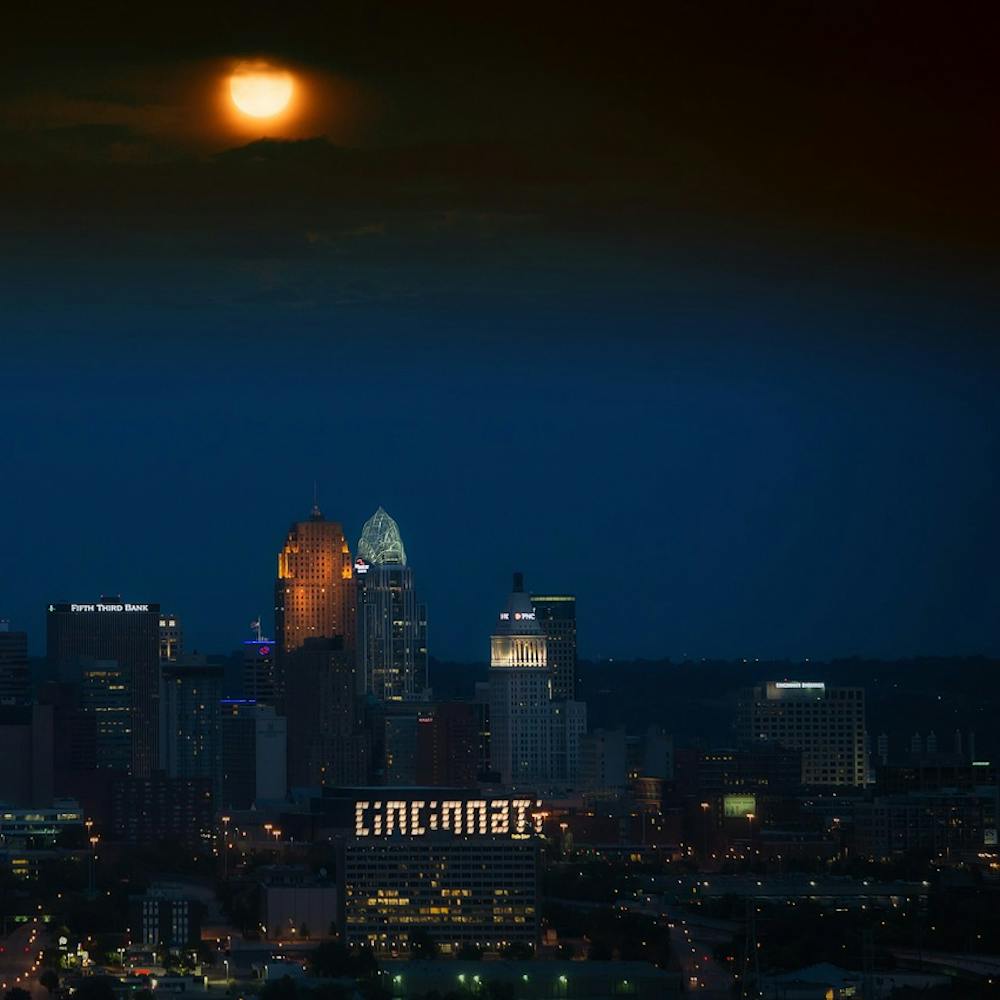By: Allison Forsythe
In Cincinnati, Ohio, the historical district of Over the Rhine (OTR) has undergone rapid gentrification. Prices of apartments are skyrocketing, and new businesses are moving in. This has prompted OTR’s original inhabitants to leave this area, with new, wealthier people moving in. Is the gentrification and natural succession saving the place or the people who live there?Historically, OTR became less affluent when the cities to the east and west of it were demolished to make room for the I-71 and I-75 highways . As a result, poorer African Americans and Appalachian citizens moved into the OTR area; because of this, historical buildings were gutted to create more affordable housing in the area. By the 1980s, crime in the neighborhood started to rise, and it became known for being an unsafe area, despite its historical importance. In 2006, “Over-the-Rhine was placed on the National Trust for Historic Preservation's list of ‘Eleven Most Endangered Historic Places’, but many organizations now help to preserve and revitalize the neighborhood.” The City of Cincinnati reports that Over-the-Rhine contains the largest collection of Nineteenth Century Italianate architecture in the United States. Cincinnati has facilitated immense change in OTR by advocating for refurbishment and welcoming new business.Some of the development strategies used by businesses failed to consider the people who lived there before they arrived. One of these businesses is the Cincinnati Center City Development Corporation, or 3CDC. According to POLITICO, 3CDC “has invested or leveraged more than half a billion dollars into Over-the-Rhine, buying and rescuing 131 historic buildings and building 48 new ones, while maintaining subsidized housing, rehabilitating parks and driving out criminals with cameras, better lighting, liquor store closings and the development of vacant lots.” Although all of this seems like positive change, longtime residents and advocates for the homeless feel as if they are rarely consulted or thought of when the city make changes. The same 2016 POLITICO report cites a neighborhood activist who spoke about how 3CDC only used “warm and fuzzy” buzzwords to describe the effects of the transformation but never followed through. The report’s author, Colin Woodard, notes a telling statistic in the piece, detailing that “From 2010 to 2014 it [OTR] went from about 60 percent black to two-thirds white.” On a smaller scale, OTR continues to improve its community-based projects as well. One of the most notable is the Over the Rhine People’s Garden. The People’s Garden was founded in 1980 and made of four vacant lots to create a community garden. Cincinnati’s own Lead Magazine explains that “As interest in beautification and sustainability grew in popularity, and more civic conscious people began moving back into Over-The-Rhine (OTR), the belief in the importance of resuscitating and expanding this garden emerge.” This garden became the new community’s project to make this area more clean, neighborly and healthy. This is a prime example of how gentrification can transform the community, and not just the landscape. With this new population of community-centered citizens, the People’s Garden was backed by the organization Grow Appalachia, which gave them the funds to expand their reach and gardens. The garden, pictured here, now not only provides spaces for families to grow their own food, but it also has a new cornerstone to the organization: education. The people behind the garden want to teach about the benefits of eating healthy foods, along with how to do it yourself using a garden like theirs.When thinking about housing in OTR, we tend to think about expensive apartments being renovated, but there is more at play. An example is OTR Community Housing, an organization started in 1978 as a solution for the homelessness problem in the area. Its website states that “Today, we own 142 properties and manage 420 units of affordable housing in Over-the-Rhine. The types of housing include Permanent Supportive Housing for those who have experienced homelessness (including Shelter Plus Care), Low-Income Tax Credit housing, Section 8 housing, transitional housing for those who have experienced homelessness, senior housing and conventional affordable housing located in the various areas of Over-the-Rhine.” Their various apartments offer renovated homes to people in different life stages and situations, whether that means homelessness, senior status, or impoverishment. This shows how the neighborhood isn’t just abandoning its original members, but it is supporting them while creating a market to stimulate the economy. One of the construction companies that is well-known for revitalizing neighborhoods with construction for various needs is Model Group. Model Group is a development and construction management company creating affordable housing and community service opportunities to create neighborhood revitalization. The Ohio Housing Finance Agency praises the Model Group, stating that “Model has never done the same project twice. It gives us the flexibility to look at every community problem differently.” Model is an example of a business coming into OTR, looking at its specific needs and doing what it can to help the community. Their help can be seen through their contributions to creating affordable housing projects called Magnolia Heights, North Rhine Heights, 1500 Elm Street Senior Housing and Morgan Apartments.The development of OTR is partly a result of the wealthy moving into a once impoverished area and forcing current residents out, but there has also been a strong collective effort to revitalize a historic area by businesses, architects and citizens to create a better community for all. Now, OTR has an active public garden education community space and more affordable housing renovated for the less fortunate. Gentrification and natural succession are saving not only the place, but the people, too.Cover photo courtesy of Pixabay

